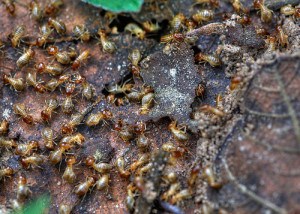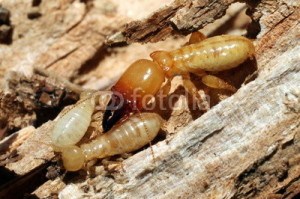Termites are very destructive creatures. They cause billions of dollars of damage every year in the United States. They are able to sustain themselves on the wood of our homes and landscaping in our Scottsdale yards due to the temperate climate. Termites live in colonies like ants and some bees and wasps. They divide the labor of caring for the young and protecting the colony among castes which is what helps determine the lifespan of each termite. We here at Varsity Termite and Pest Control find this life-cycle very interesting and can do a termite control service in Scottsdale for you.

What Does Each Termite Do In A Typical Colony In Scottsdale?
Each Scottsdale termite has a role to play in the colony. These roles may change as the colony grows and expands. Below is the Life -Cycle and the different castes or roles:
 Do All Termite Colonies Have the same Structure?
Do All Termite Colonies Have the same Structure?Termite colonies range in size from 4,800 for Drywood termites to as many as 1 million for subterranean termites. This life-cycle and caste system is the one thing that all colonies have in common no matter what the climate. You will find that your Scottsdale termite colony is structured very much the same way.
Published By:
Varsity Termite and Pest Control – Tony Kaufman
Office: 602-757-8252
Website: https://varsitytermiteandpestcontrol.com


© Varsity Termite and Pest Control - Google - Privacy Policy